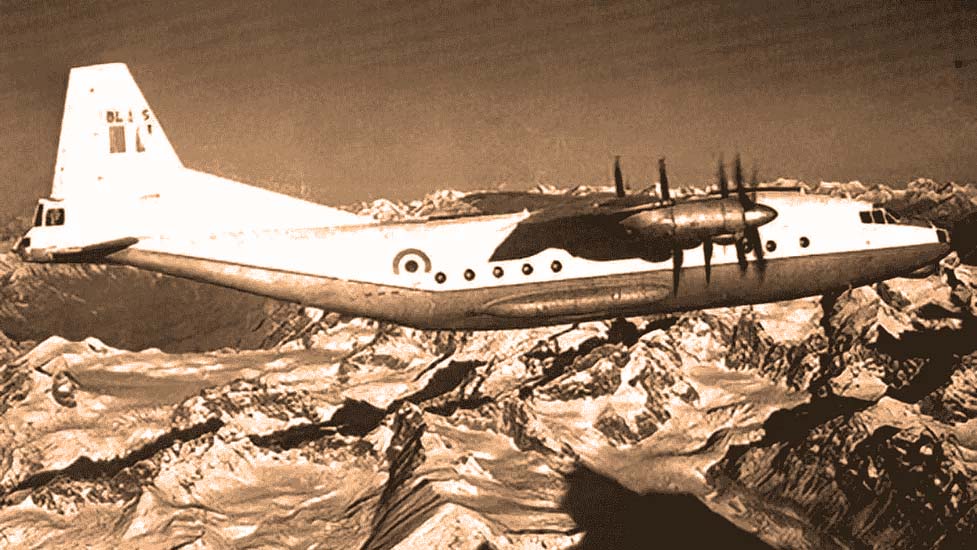
New Delhi: The 44 Squadron of the Indian Air Force (IAF) that played a key role in India’s major military operations and defence diplomacy, including in the ongoing stand-off with China, is celebrating its diamond jubilee this year.
The squadron raised on April 6, 1961, and equipped with the AN-12 aircraft, the squadron is known as the harbinger of strategic airlift in the IAF. Its diamond jubilee celebrations due in 2021 had to be postponed due to Covid-19 pandemic.
The squadron was raised after its personnel were trained in Ukraine in erstwhile USSR from December 1960 and flew in the aircraft to India in March 1961. In March 1985, it brought the IL-76 aircraft into India. The aircraft was formally inducted into IAF on June 16, 1985, and continues to be in service today.
The 44 Squadron has been the “go to” one for all military operations in India ever since its formation. The unit crest — which shows ‘Himalayan Geese’ a bird that portrays tranquillity and supremacy, soaring high with characteristic nonchalance — reflects the global reach of one of the largest transport aircraft in the inventory of the IAF.
Awarded the prestigious ‘Battle Honour’ for Air Offensive in the West Pakistan Theatre of operation during the 1971 war, it was rechristened ‘Mighty Jets’ in 1985. A Battle Honour is an official commemoration of a battle, action or engagement and is awarded to flying squadrons, flights and units that have taken active, creditable and outstanding part in that operation.
The squadron has the distinction of being among the few to receive the coveted “Battle Honours” for its role and achievements in active military operations. It still remains the only non-fighter/bomber squadron in the IAF to receive the ‘’Battle Honours’ for the 1971 Operations.
Incidentally, just three days after its formation, on April 9, 1961, the squadron flew its first sortie to Chushul in support of the Army. During the 1962 operations, it provided logistic support to the Army in the Ladakh sector. In addition to landing sorties at Leh and Chushul, airdrop of supplies was undertaken to various forward posts in the Aksai Chin area.
Large number of casualties were also evacuated by the squadron during these operations. The squadron also carried out airlift of AMX tanks into the northern sector which redefined the offensive abilities of the Indian Army.
Similarly, it carried out numerous strategic lifts during the 1965 and the 1971 Bangladesh liberation War.
The 44 Squadron’s unique contribution to 1971 operations was the effective use of An-12s for bombing missions. The Squadron undertook the first mission to Changa Manga forest ammunition depot on the very first day. Six aircraft formations, each carrying 20×500 lbs bombs. The next target was the major artillery build-up around Haji Pir salient.
Soon after the induction of the IL-76, the squadron carried out practice landings at Thoise in October 1985, and in early 1986, inducted tanks and artillery guns into Ladakh region, thus substantially enhancing the Army’s firepower in the sector.
The squadron was the backbone of the Indian Peace Keeping Force Operations in Sri Lanka in the late 80s, transporting man and material, including T-72 tanks and artillery guns, in the early hours of July 30, 1987. The IPKF operations culminated in March 1990 and the squadron flew extensively and greatly contributed to the airlift effort.
In the ongoing operations at Eastern Ladakh, the Squadron has airlifted more than 2,000 troops to Ladakh sector besides all kinds of equipment.









